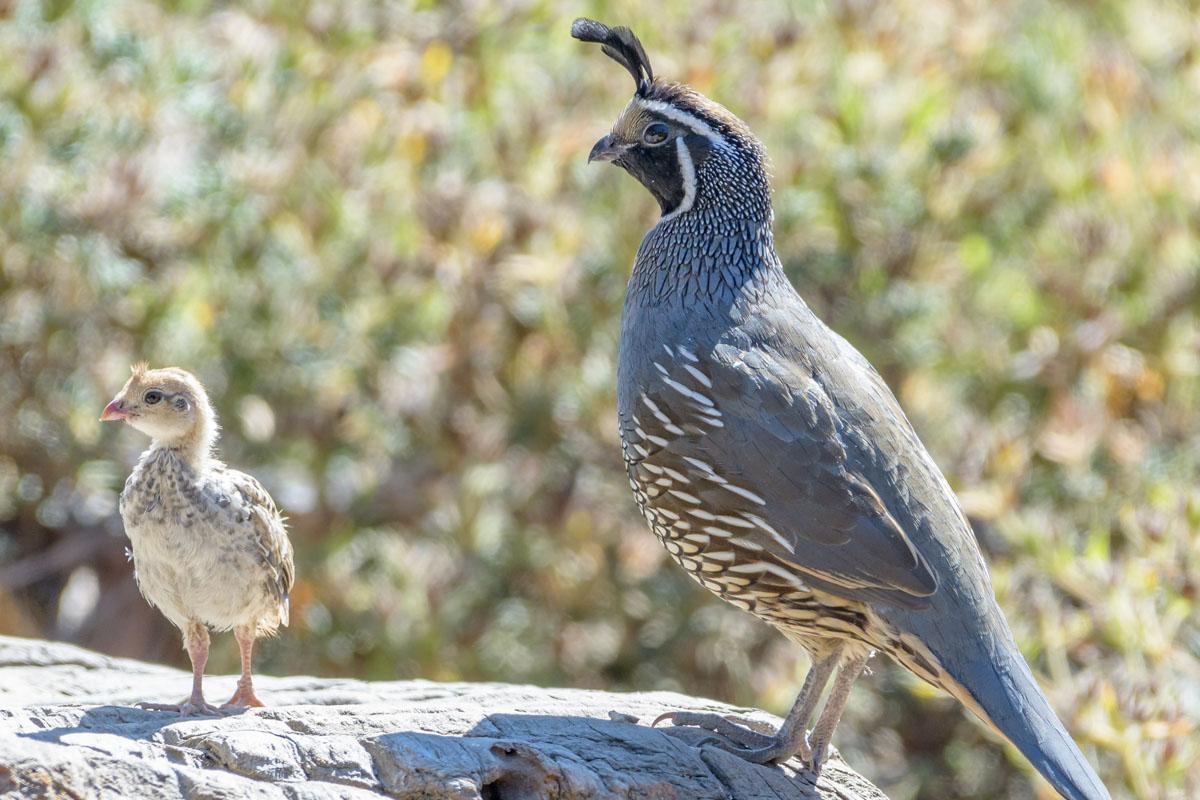D: Is something wrong with your eggs, Yaël?
Y: No, Don, they're delicious, I was just thinking about something I read. What do you think about nature versus nurture?
D: You mean whether physical or behavioral traits are the result of genetic inheritance or environmental factors?
Y: Yeah. There has been a debate going on for a hundred years over which is more important.
D: What does that have to do with eggs?
Y: Scientists studying quail found that the social environment changes what mothers put in their eggs, affecting both chick growth and their behavior after hatching. It all starts with stress.
D: Stress?
Y: Yeah. Scientists can tell how stressed birds are by measuring a stress hormone, corticosterone, in their blood. When quail are housed in dense groups, or are moved between groups frequently, they become stressed and aggressive. Their corticosterone hormone levels increase.
D: How does that change their eggs?
Y: In one study, scientists moved some quail mothers between cages to stress them, and left others alone. They found that stressed mothers, with high corticosterone levels, laid eggs with higher levels of a second hormone, testosterone. But they didn't stop there. They also measured the effects of the higher testosterone levels and found that stressed mothers' eggs hatched later, the chicks grew more slowly, and that they were more cautious and flighty individuals.
D: So, the mother's social environment directly affected her chicks?
Y: Yes. In the pre‑hatching environment these "maternal effects" are very important. Mom's social scene impacts the next generation.
D: So, what about chicken eggs?
Y: What do you mean, Don?
D: If you're worried those eggs might have too much testosterone, I'll be glad to eat them for you.










